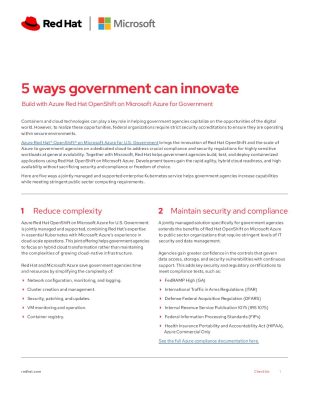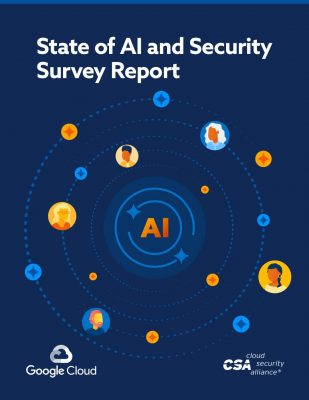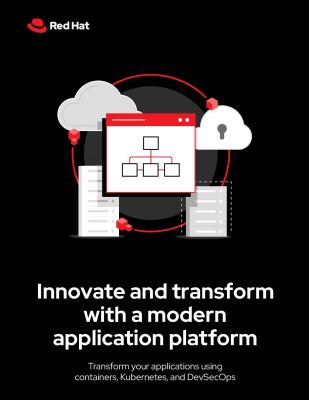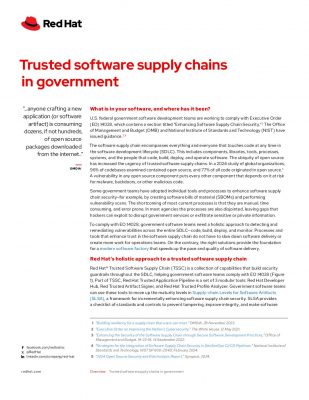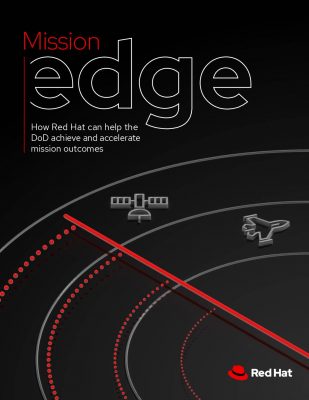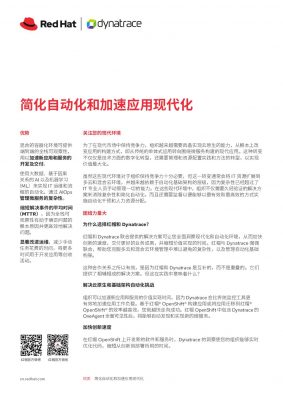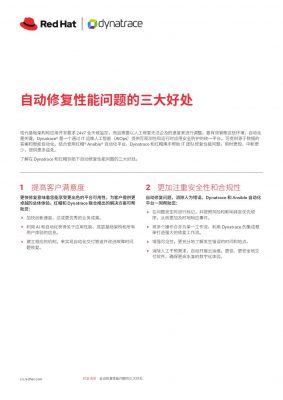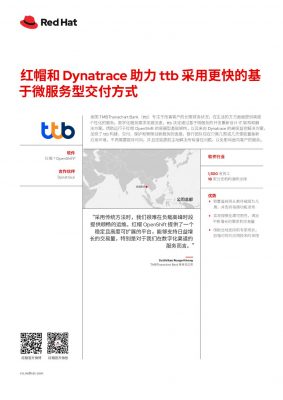Highlights:
- By using a SaaS cloud solution, a business can avoid investing in any IT infrastructure or software and instead allocate its entire IT budget to implementing a SaaS solution.
- Usually, businesses that deploy this cloud computing option are completely responsible for the software and hardware with a private cloud solution. An exception is when a third-party provider is contracted to assist the entire private cloud infrastructure.
Cloud computing has revolutionized every facet of our daily lives, and its influence is poised to transcend even further in the future, spearheading transformative technological advancements. As we prepare for the forthcoming years, it is imperative to stay primed for other groundbreaking innovations.
Brace for remarkable advancements like the Metaverse, quantum computing, virtual and augmented reality (VR/AR), and cloud gaming. By embracing these emerging technologies, businesses can proactively position themselves for success and stay at the forefront of the ever-evolving digital landscape.
Cloud computing is simply the deployment of computing resources as a service. By transferring to the cloud, resources are now owned and managed by a third-party provider rather than the end user.
But why are companies from various industries migrating to the cloud, and why are IT and Tech companies on top of the list?
How Will the Tech Industry Benefit From Cloud Computing?
Cloud computing is a vital technology essential for businesses aiming to unlock unparalleled access, efficiency, and convenience. Despite its immense potential, cloud computing remains untapped mainly and underutilized.
While significant strides have been made in data storage and the advent of Software as a Service (SaaS), there is still substantial ground to cover. The initial phase of cloud computing revolved around storage, applications, and SaaS integration.
However, IT teams have progressed to the next iteration, enhancing their capabilities and modernizing work processes. Looking ahead, the future of cloud computing will be characterized by its heightened accessibility, paving the way for transformative business models and innovation.
What Benefits Can Cloud Computing Offer Businesses?
Cloud computing provides every IT service a user accesses, typically through a local business server farm.
By leveraging the IT services and resources offered by Communications Service Providers (CSPs), you have the ability to execute database updates, perform Business Intelligence (BI) operations, process applications, and securely store business data on cloud-based storage solutions.
Different Types of Cloud Computing Models
Companies have the option to migrate their entire IT infrastructure and software applications to the cloud or either retain specific portions of their IT systems that they will take charge of managing.
The following outlines the distinctions between various cloud computing models.
Infrastructure as a Service (IaaS)The business takes responsibility for the operating system, middleware, software applications, and business data. Nevertheless, the Cloud Service Provider (CSP) is responsible for the physical storage space used to store business data.
Platform as a Service (PaaS)
Cloud Service Providers (CSP) handle the management and upkeeps of the operating system, middleware, and hardware that comes with the PaaS platform. The organization that uses the CSP’s services is solely accountable for the applications and business data.
This makes the PaaS cloud solution desirable for enterprises focusing on application development.
Software as a Service (SaaS)
The Cloud Service Provider (CSP) takes responsibility for the entire IT infrastructure and platform, and the applications are usually web-based and accessible via a web browser.
By using a SaaS cloud solution, a business can avoid investing in any IT infrastructure or software and instead allocate its entire IT budget to implementing a SaaS solution.
Typically, SaaS solutions focus on hosting one type of application, such as Customer Relationship Management (CRM) or human resource applications.
Three Types of Cloud Computing Deployment Models
Managers can choose the optimum deployment model by being aware of the audience using a cloud computing model.
While choosing a deployment strategy, IT managers must also consider advanced cyber security requirements beyond what a CSP can offer or the necessity to retain a portion of IT personnel.
Usually, businesses that deploy private cloud computing are completely responsible for the software and hardware with a private cloud solution. An exception is when a third-party provider is contracted to assist the entire private cloud infrastructure.
Additionally, a private cloud will offer certain benefits of a public cloud, including self-service and automatic resource provisioning, with the added advantage of a more advanced cyber security posture.
Private cloud installations can be hosted by a local service provider as a managed service in the IT data center of a company or an external IT data center.
Every part of the private cloud in an IT data center can be managed by an external, dedicated IT team for businesses. Unfortunately, there are better choices regarding cost-saving measures for firms looking to lower their overall IT costs.
When a company opts for a public cloud deployment, they utilize the IT infrastructure of a cloud service provider. The level of responsibility for managing the operating systems, middleware, and applications depends on the specific cloud computing model chosen.
For instance, a business may be accountable for creating, modifying, and deleting data, while the cloud service provider is responsible for storing the data in the cloud.
An advantage of public cloud deployments is that business data is stored in various data centers spread across different geographical locations, such as an area, region, or state.
As a result, public cloud deployments are dependable, adaptable, and accessible to meet the requirements of businesses at any time.
Hybrid cloud deployment
Hybrid cloud architectures offer both on-premises and public cloud services to companies. This deployment option is preferred by businesses that must maintain some IT infrastructure on-premises while utilizing public cloud services.
For example, businesses maintaining high cybersecurity levels due to compliance requirements must still provide public access to a specific Line of Business (LOB). Such companies can deploy public clouds to cater to specific LOB needs.
IT managers must clearly understand their organizational requirements to align the hybrid cloud architecture with the correct LOBs properly. Large enterprise organizations primarily use these hybrid solutions with multiple LOBs.
What Makes Cloud Computing Cost-Effective?
Cloud computing helps you save money because the costs of purchasing hardware and software are eliminated immediately. All operational, maintenance, and upgrade expenses vanish.
The cost savings include the additional advantages of using cloud resources, such as data security and improved cybersecurity recovery postures outlined in an SLA.
Conclusion
By now, cloud computing has established itself as a widely popular technology, and this trend is expected to continue throughout 2023.
As more and more businesses embark on digital transformation journeys, cloud computing is likely to be one of the initial technologies they adopt to facilitate the process.
Enterprises still needing to embrace the cloud must act quickly to stay caught up in the emerging competitive digital landscape.
Enhance your Cloud-related expertise with our curated collection of informative Cloud Whitepapers.



